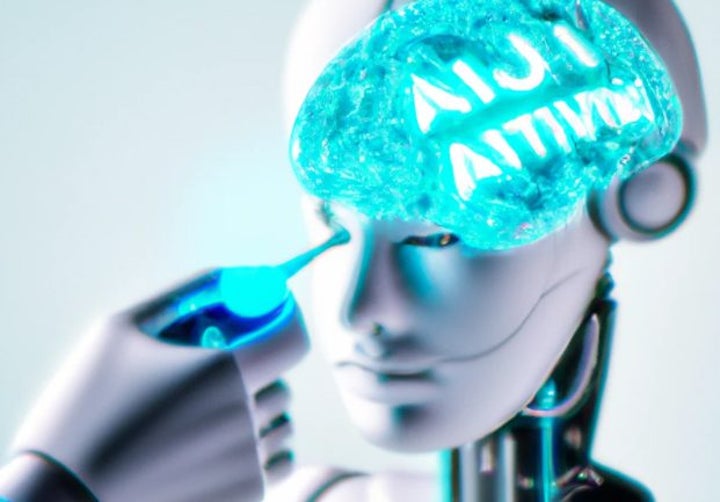I have been vocal in the past about the dangers of AI in a society that has not yet reached a stage where everyone is taken care of and able to pursue their passions. However, even I have to admit that artificial intelligence is an asset in many spheres, especially when it comes to the medical industry. There is such a massive demand and such immense pressure on medical professionals that it would be irresponsible not to recognize the ways in which AI could revolutionize the industry and provide much-needed support. One particular AI that could do this is Google’s new MedPaLM utility.
MedPaLM AI (Medical Perception Language Model) has been drawing attention from the tech industry and beyond since its recent launch. While has revealed very little about the inner workings of this new software,we believe it to be based on the technology behind ChatGPT, an AI developed by OpenAI.
One of the key differences between ChatGPT and MedPaLM is their intended use cases. ChatGPT was designed to generate human-like text, while MedPaLM is specifically tailored for the medical field. With this focus, MedPaLM is able to understand and analyze medical language, including technical terms and abbreviations. However, MedPaLM’s capabilities go far beyond the ability to simply understand language inputs.
The AI was also designed to perform tasks such as summarizing medical records and identifying relevant information within those records. This ability to sift through large amounts of data quickly and accurately could be a game-changer for the healthcare industry, potentially streamlining the process of record-keeping and data analysis.

While ChatGPT and MedPaLM both utilize advanced language processing technology, their ultimate goals are quite different. ChatGPT was designed to improve the efficiency of text-based communication, while MedPaLM aims to revolutionize the way medical information is processed and put to use.
Despite these core operational differences, ChatGPT and MedPaLM do share some similarities in terms of their underlying technology. Both AIs use a form of artificial intelligence known as transformer-based language processing. These models are trained on vast amounts of data and use self-attention mechanisms to understand and generate text.
We use the term ‘understand’ fairly loosely here, as both AIs don’t understand language as we do. Instead, they use averages, probability, and data analysis to predict the most likely next phrase as a result to a search query.
Google’s new MedPaLM AI is a powerful tool with the potential to revolutionize the way that medical information is processed and put to use. Its ability to understand and analyze medical language, as well as summarize and extract relevant information from records, could have a significant impact on the healthcare industry. While it may possibly be based on the technology behind ChatGPT, MedPaLM’s focus on the medical field sets it apart and gives it unique capabilities that could make it an invaluable resource in the future.


